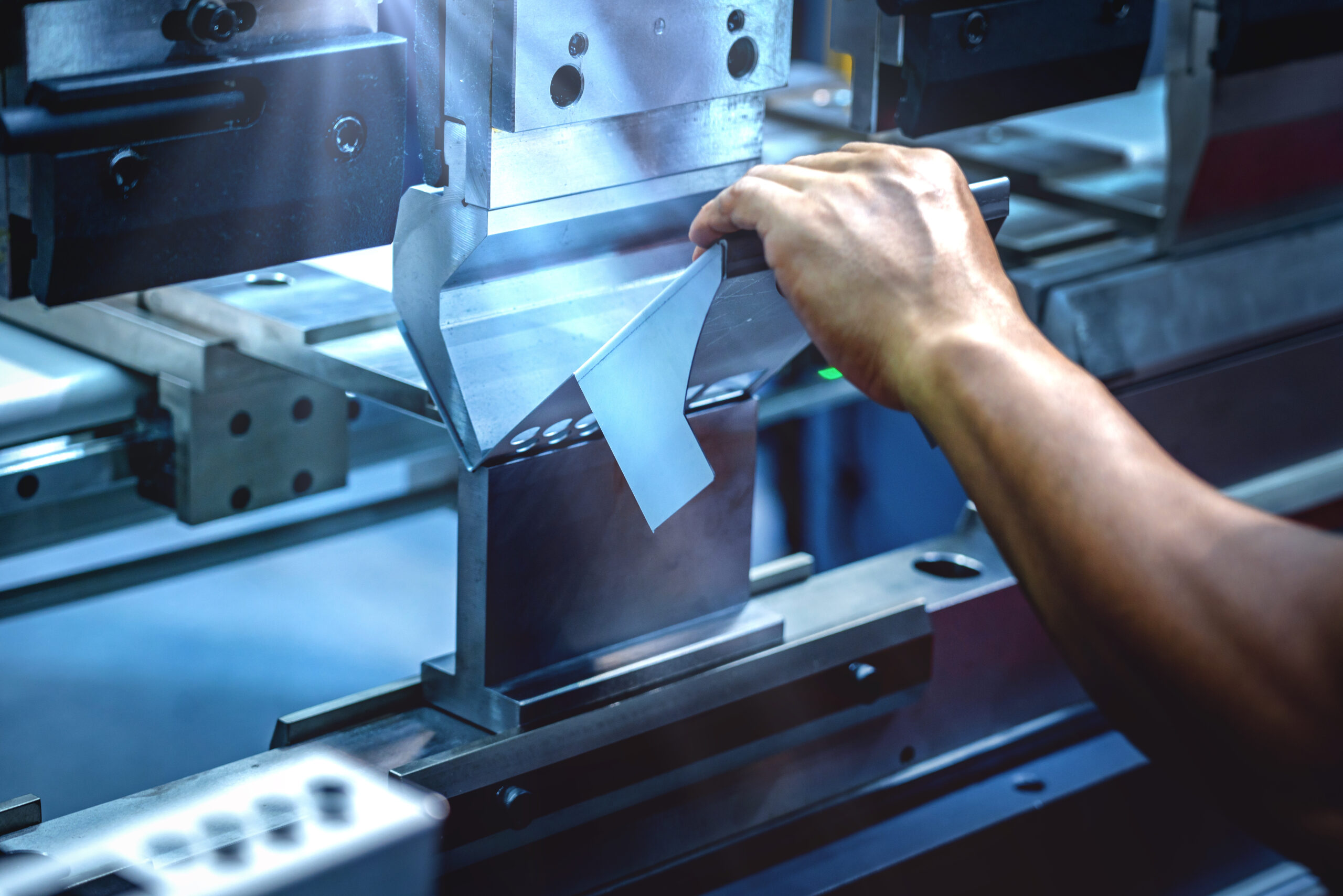How can metal bending technology be utilized in the production of diagnostic and laboratory equipment?
In today’s world, metal bending technology plays a significant role in various fields, including medicine and scientific research. In this article, we will discuss what metal bending technology is, what tools and machines are used for metal bending, and examples of its application in the production of diagnostic and laboratory equipment. We will also learn about the advantages and limitations of different metal bending methods and the importance of meeting standards and regulations to ensure the safety and effectiveness of equipment.
What is metal bending technology?
Metal bending technology is the process of shaping metal by bending it to achieve desired shapes and dimensions. It is widely used in the metal industry, including the production of medical equipment and laboratory devices. Metal bending allows for the creation of precise components and housings that are essential in these fields.
Methods of metal bending
There are several different methods of metal bending, each with its own advantages and applications. Here are a few examples:
- Cold bending – this is one of the most popular methods of metal bending, involving bending metal without heating it to high temperatures. It is used for metals with good flexibility, such as aluminum or stainless steel.
- Hot bending – this method involves heating the metal to a high temperature before bending it. It is used for metals with lower flexibility to avoid cracks and damage.
- High-pressure bending – special machines are used for bending metals under very high pressure. This method is often used for bending metal pipes and tubes.
Application of metal bending technology in medicine and sciences
In medicine, medical imaging devices such as CT scans and MRI machines require precise casings and components. Metal bending technology is essential for producing these parts, ensuring durability and accuracy, which are crucial for accurate diagnostic results.
In scientific laboratories, precise measuring devices and analyzers need sturdy casings to keep them in a stable position. Metal bending enables the creation of custom casings that meet these requirements.
Advantages of metal bending in medicine
Among the advantages of using metal bending in the manufacturing of medical equipment are:
- Precision – one of the key advantages of metal bending technology is its ability to achieve precise shapes and dimensions. Precision is crucial in medical and scientific equipment, as even the slightest deviation can lead to measurement errors or incorrect diagnoses.
- Durability – components and casings made from bent metals are typically very durable and resistant to mechanical damage. This makes medical and laboratory devices more reliable and requires less maintenance.
- Customization for non-standard designs – metal bending technology allows manufacturers to create custom solutions that meet specific design requirements. This is crucial, especially for unique projects in diagnostic and laboratory equipment.
- Temperature resistance – in laboratories and medicine, where devices are often exposed to varying temperature conditions, bent metal components maintain their strength and integrity, which is vital for measurement stability and accuracy.

Limitations of metal bending in medicine
Some limitations and challenges associated with metal bending technology in medicine include:
- Precision control requirement – metal bending requires precise control of parameters such as bending angle, bending radius, and pressure. Inaccuracies in the process can result in faulty components or casings, increasing the risk of errors.
- Selection of method and material – choosing the right bending method and material is crucial to achieve the desired results. Different metals require different bending approaches, and a wrong choice can affect durability and performance.
- Production costs – he use of metal bending technology can be costly, especially for non-standard projects. Producing precise components and casings may require specialized equipment and skills, which can impact costs.
- Production time impact – some complex projects may require longer production times, which can delay the delivery of medical or laboratory equipment. Proper planning and production time management are essential.
Compliance with standards and regulations for metal bending technology
To ensure the safety and effectiveness of medical and laboratory equipment, manufacturers must adhere to strict standards and regulations. Compliance with these requirements is crucial for metal bending services in these fields.
Metal bending technology plays a crucial role in the production of medical and laboratory equipment, providing precision, durability, and customization for non-standard designs. While the benefits of this technology are numerous, it requires precision and adherence to standards to meet the expectations of medicine and the sciences. Metal bending services are invaluable contributions to the evolving field of medical and scientific technology.

